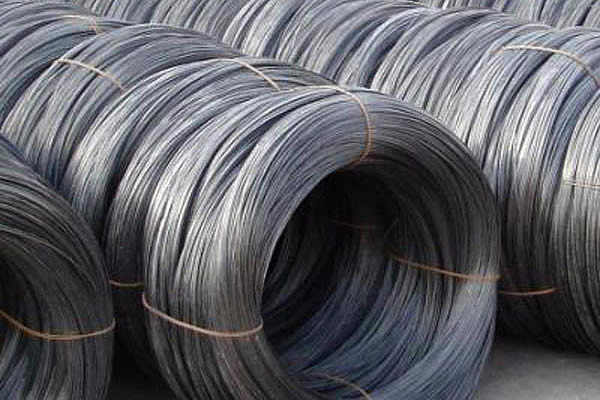Gabion walls have long been an integral part of landscape architecture and engineering, particularly when it comes to retaining wall systems. Their application in retaining soil and preventing erosion is as robust as it is versatile. These structures not only provide functional benefits but also meld harmoniously with natural landscapes, earning them a prominent spot in sustainable construction practices.

The essence of a gabion wall lies in its simplicity and durability. Comprising wire mesh baskets filled with materials like rocks, stones, or concrete debris, these walls offer a resilient and adaptable solution for diverse environments. The effectiveness of gabion walls as retaining structures stems from their ability to absorb and dissipate energy from natural forces such as water and wind.
Professionals in civil engineering and landscaping increasingly turn to gabion walls for retaining applications due to their inherent strengths. One of the most compelling attributes is their permeability, which facilitates drainage and reduces hydrostatic pressure behind the wall. This characteristic makes gabion walls exceptionally suitable for retaining walls in areas prone to high rainfall or where groundwater levels fluctuate significantly.

Moreover, gabion walls are lauded for their environmental benefits. By utilizing locally sourced materials to fill the baskets, they significantly reduce the carbon footprint associated with transportation. Furthermore, their porous nature encourages vegetation growth, which enhances biodiversity and the aesthetic value of the landscape.
From a construction perspective, gabion retaining walls boast simplicity in installation compared to traditional concrete or timber wall systems. This ease of assembly translates into decreased labor costs and shorter project timelines. The flexibility of a gabion wall is unmatched; it can contour to the natural lay of the land, effectively minimizing the need for extensive site preparation.
gabion wall retaining wall
The enduring appeal of gabion walls is also rooted in their long lifespan and low maintenance requirements. Constructed with galvanized or PVC-coated wire, they are highly resistant to corrosion and suitable for various environmental conditions. Over time, the interstitial spaces within the gabion structure fill with silt and vegetation, further stabilizing the wall and enhancing its integration into the environment.
When it comes to expertise and application, understanding the site-specific needs is crucial when designing a gabion retaining wall. Factors such as soil composition, intended load, wall height, and local climate conditions must be meticulously analyzed to ensure the structure's stability and functionality. Engaging with professional engineers or seasoned landscape architects with a proven track record in gabion wall applications is advisable to achieve the best results.
For those interested in the sustainability angle, gabion walls offer a unique avenue to harmonize engineering with ecological considerations. Their capability to support native plant life not only improves the structural integrity over time but also fosters an environmental synergy that aligns with green building principles.
A gabion wall's authority and trustworthiness as a solution reflect in its widespread adoption globally, from rural hillside reinforcement projects to urban stormwater management plans. Their engineering versatility, coupled with environmental stewardship, firmly positions gabion walls as a preferred choice for modern retaining wall needs.
In conclusion, the gabion wall is more than just a retaining system; it is a testament to how tradition and innovation can coalesce. Its presence in the realm of construction and landscaping will likely continue to grow, driven by an ever-increasing demand for sustainable and resilient infrastructure solutions. Whether you're an engineer, a developer, or a homeowner looking to enhance your property's stability and aesthetic, a gabion retaining wall provides an optimal blend of science, nature, and practicality.
 TEL:
+86-13102802206
TEL:
+86-13102802206
 Email:
fencenetting@china.com
Email:
fencenetting@china.com
 Language
Language
 TEL:
+86-13102802206
TEL:
+86-13102802206
 Email:
fencenetting@china.com
Email:
fencenetting@china.com
 Language
Language



